1. MOS Tube Working Principle – Introduction to MOS Tube
The MOS tube, or Metal-Oxide-Semiconductor Field-Effect Transistor (MOSFET), is a fundamental component in modern electronics. It is called "MOS" because it consists of a metal gate, an oxide layer (typically silicon dioxide), and a semiconductor material. The structure allows for the control of current flow between the source and drain by applying a voltage to the gate. This makes it a voltage-controlled device with high input impedance.
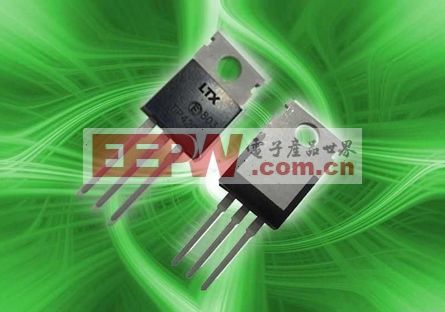
2. MOS Tube Working Principle – Structural Characteristics of MOS Tube
The internal structure of a MOS transistor is designed to allow unipolar conduction, meaning only one type of charge carrier (either electrons or holes) is involved in the current flow. In most power MOSFETs, a vertical structure is used instead of a lateral one, which significantly improves their ability to handle higher voltages and currents. This design is known as VMOSFET.
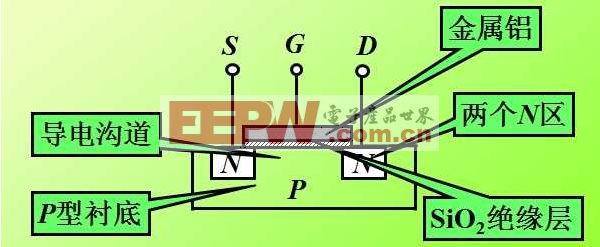
A key feature of the MOS transistor is the insulating layer of silicon dioxide between the gate and the channel. This provides a very high input resistance. When the gate-source voltage exceeds the threshold voltage, an n-type conductive channel is formed, allowing current to flow from the source to the drain. For depletion-type MOSFETs, a channel exists even without a gate voltage applied.
3. MOS Tube Working Principle – Characteristics of MOS Tube
3.1 Input and Output Characteristics
In a common-source configuration, the gate current is nearly zero due to the insulating oxide layer. The output characteristics show how the drain current changes with the drain-source voltage at different gate-source voltages.
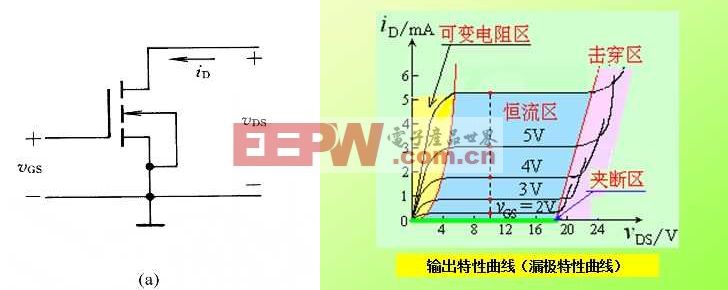
3.2 Conduction Characteristics
MOS tubes are often used as switches and operate in either cutoff or saturation mode. For an NMOS transistor, when the gate-source voltage (VGS) is above the threshold, the device turns on. PMOS devices, on the other hand, turn on when VGS is below a certain value. While PMOS can be used for high-side switching, NMOS is more commonly used due to its lower cost and better performance in many applications.

4. MOS Tube Working Principle
The working principle of an N-channel enhancement MOSFET involves controlling the amount of induced charge in the channel through the gate-source voltage (VGS). When VGS is sufficient, it creates a conductive channel between the source and drain, allowing current to flow. The channel’s conductivity depends on the gate voltage, making the MOSFET a highly efficient switching device.
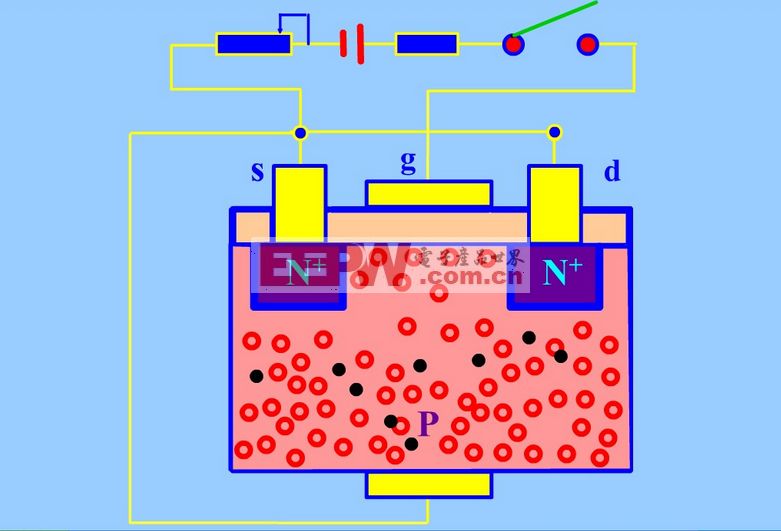
Classification of MOS Tubes
MOSFETs are classified based on their channel type (N-channel or P-channel) and conduction mode (depletion or enhancement). This results in four main types: N-channel depletion, N-channel enhancement, P-channel depletion, and P-channel enhancement. Each has unique characteristics and applications.
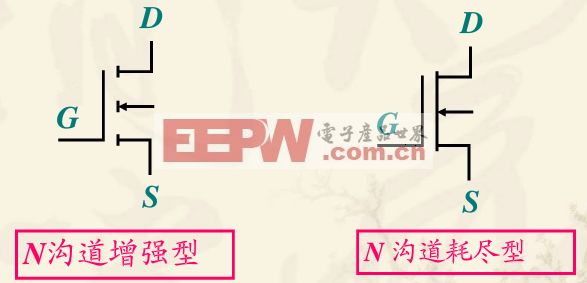

MOS Tube Applications
MOS tubes are widely used in various electronic systems due to their excellent switching characteristics. They are essential in power supplies, motor drivers, and lighting control systems. Additionally, CMOS image sensors, made using MOS technology, have revolutionized digital photography by providing high-quality images and improved performance.
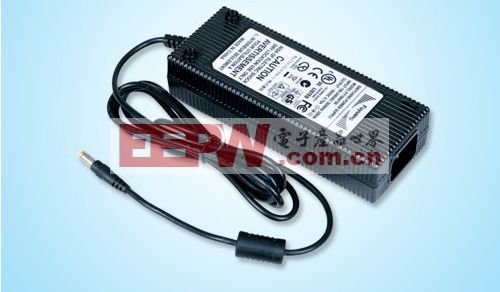
MOS Tube Working Principle – Reference Materials
1. MOS tube switching loss – Flyback analysis
2. How MOSFET works
3. Difference between MOS and triode when used as a switch
Circuit examples and practical applications are available for further study.
Switching Power Supply Transformer,High Frequency Switching Power Transformer,High Power High-frequency Transformer,Small electrical transformer
Xuzhou Jiuli Electronics Co., Ltd , https://www.xzjiulielectronic.com